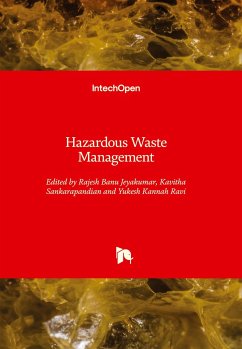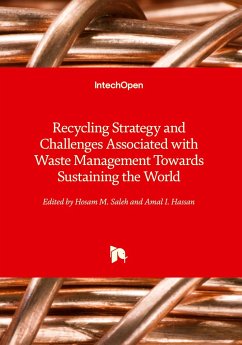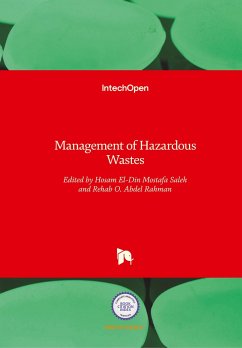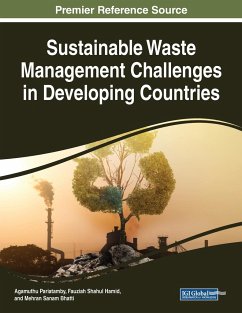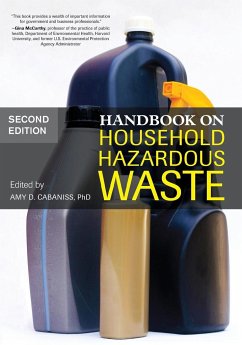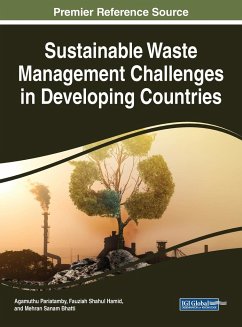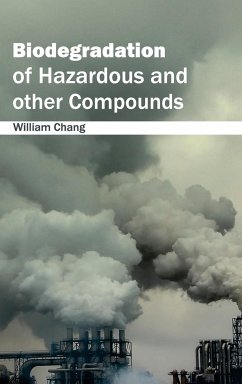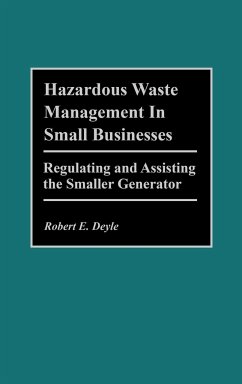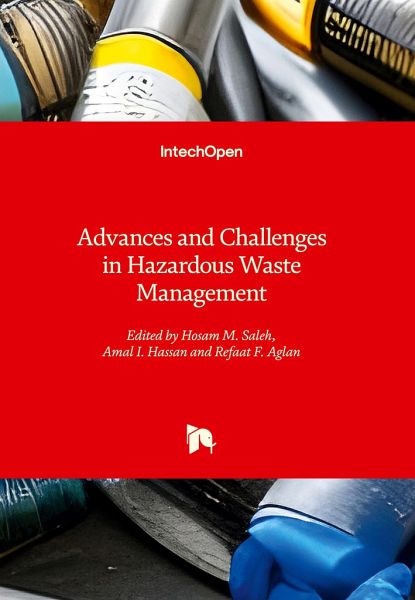
Advances and Challenges in Hazardous Waste Management
Versandkostenfrei!
Versandfertig in 1-2 Wochen
135,00 €
inkl. MwSt.

PAYBACK Punkte
0 °P sammeln!
Hazardous waste poses one of the most complex and risky pollution challenges worldwide. As industrialization accelerates globally, volumes of toxic byproducts and emissions continue to grow, requiring urgent solutions. This book provides a practical overview of hazardous waste management approaches, technologies, and policies to reduce environmental and human health damage. The text begins by outlining Pakistan's current hazardous waste situation, including crucial pollution sources like the textile, fertilizer, and leather industries. It summarizes reduction efforts and persisting challenges ...
Hazardous waste poses one of the most complex and risky pollution challenges worldwide. As industrialization accelerates globally, volumes of toxic byproducts and emissions continue to grow, requiring urgent solutions. This book provides a practical overview of hazardous waste management approaches, technologies, and policies to reduce environmental and human health damage. The text begins by outlining Pakistan's current hazardous waste situation, including crucial pollution sources like the textile, fertilizer, and leather industries. It summarizes reduction efforts and persisting challenges around enforcement, technology capabilities, and lack of recycling infrastructure. The following chapters delve into biological waste management techniques and an innovative fertilizer production process utilizing steel slag waste. Case studies demonstrate the potential to convert industrial byproducts into economic resources. Several chapters focus on electronic waste (e-waste), examining landfill contamination risks in Africa and the push to transform these sites into urban mining operations. Technical contributions analyze tools like activated carbon filters to reduce toxic e-waste emissions. The book concludes with a look at winery waste recycling and closes with a chapter connecting hazardous waste management to broader sustainable development goals. Together, the chapters in this volume provide a multifaceted look at hazardous waste management strategies, current limitations, and the work still required to reduce ecological damage. The text is valuable for researchers of dangerous waste, industry operators, and policymakers looking to improve abatement practices. With its detailed case studies and technical analyses, the book offers both practical and big-picture insights to support the critical work of sustainable, effective hazardous waste management worldwide.





